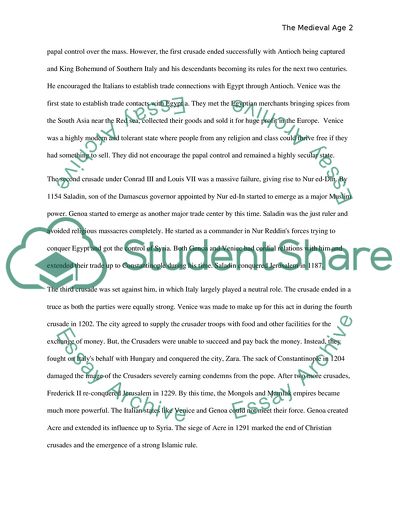Cite this document
(“The Medieval Age Essay Example | Topics and Well Written Essays - 1250 words”, n.d.)
Retrieved from https://studentshare.org/history/1659300-the-medieval-age
Retrieved from https://studentshare.org/history/1659300-the-medieval-age
(The Medieval Age Essay Example | Topics and Well Written Essays - 1250 Words)
https://studentshare.org/history/1659300-the-medieval-age.
https://studentshare.org/history/1659300-the-medieval-age.
“The Medieval Age Essay Example | Topics and Well Written Essays - 1250 Words”, n.d. https://studentshare.org/history/1659300-the-medieval-age.


